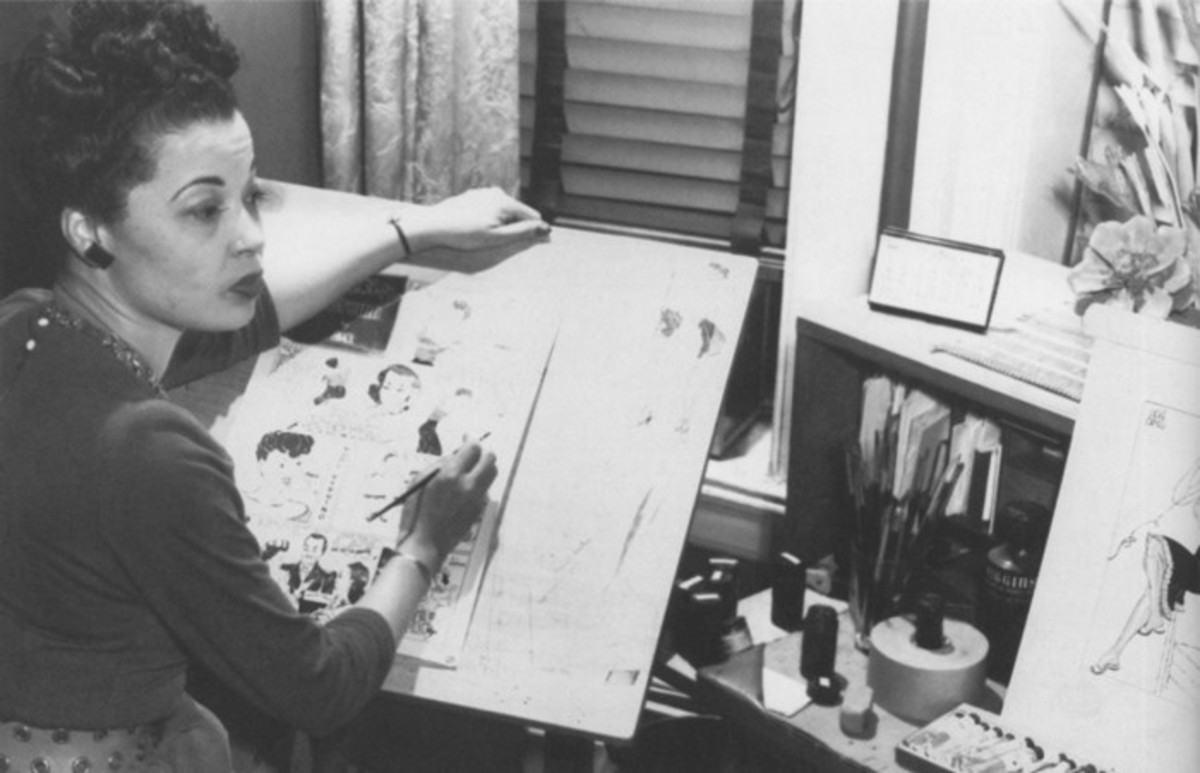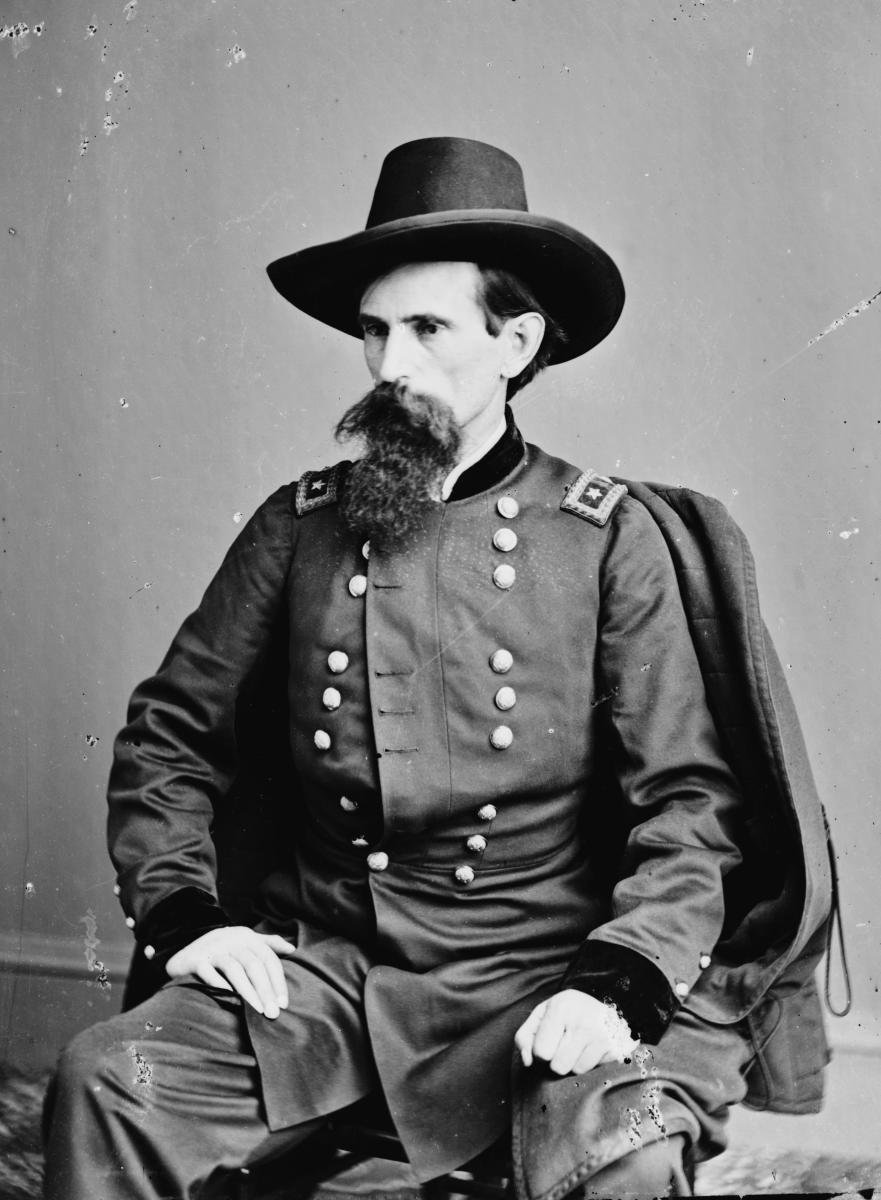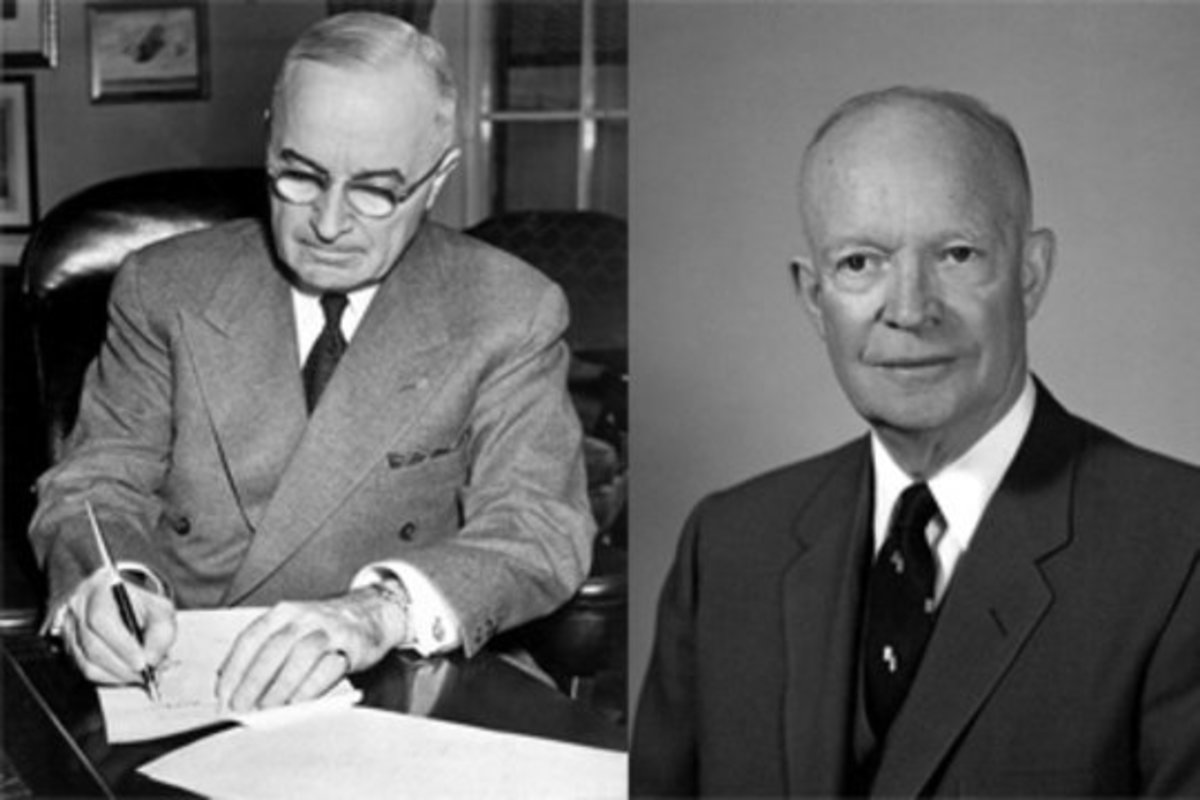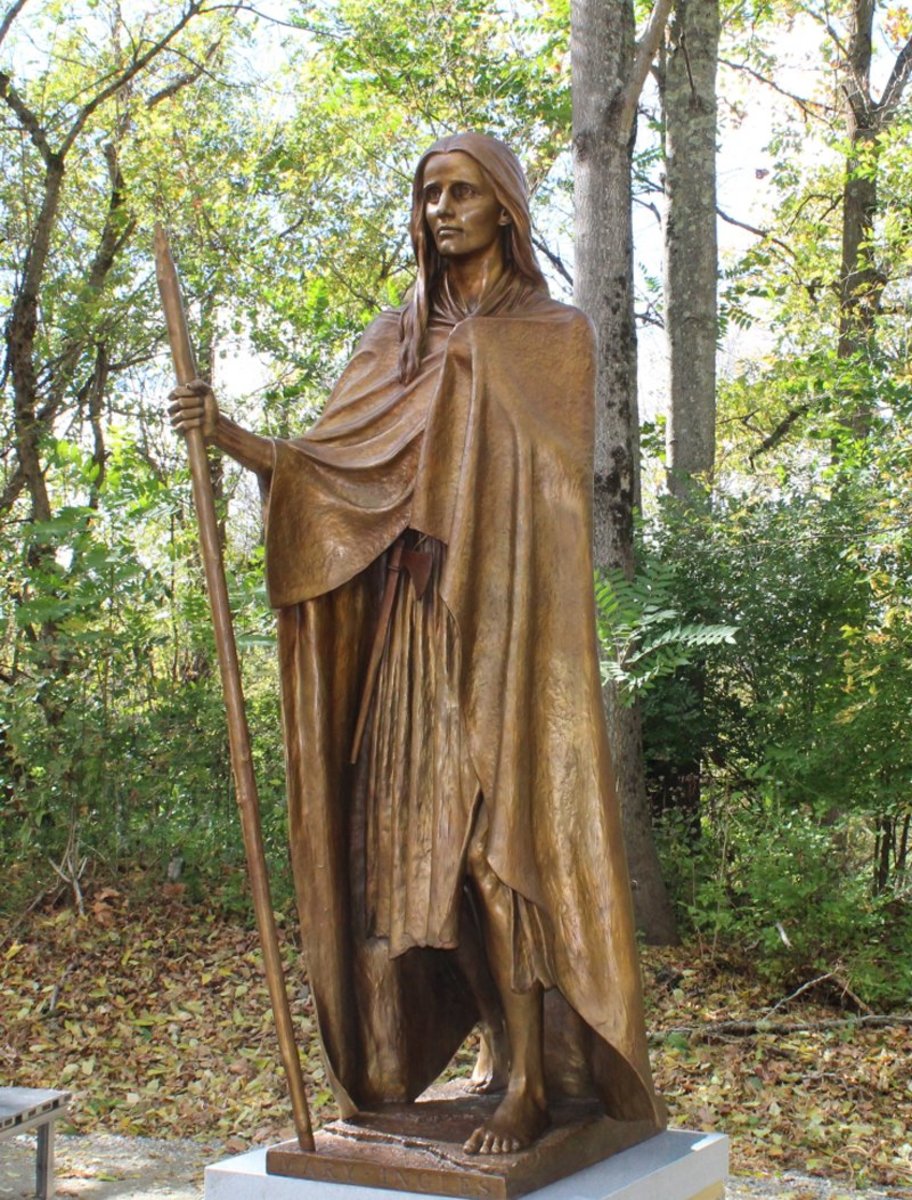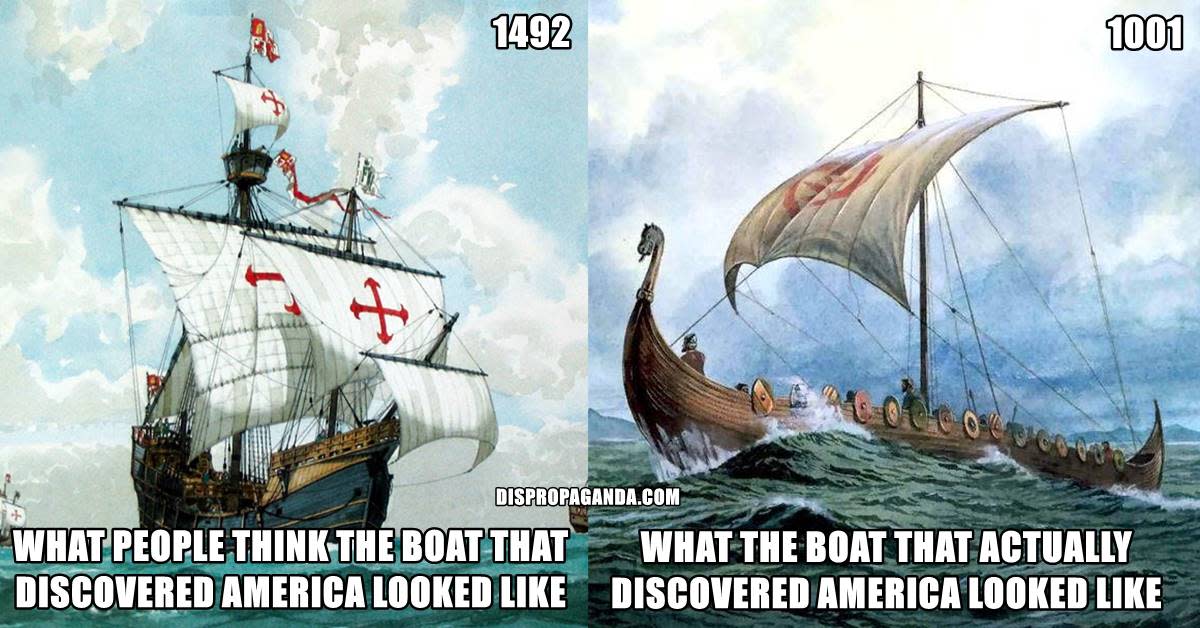- HubPages»
- Education and Science»
- History & Archaeology»
- History of the Americas
Ernie Pyle's War
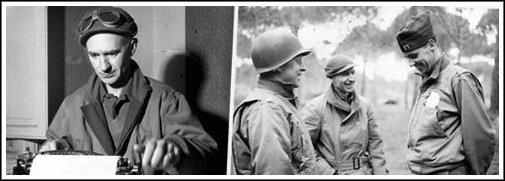

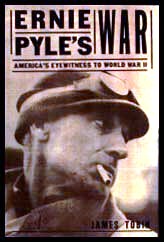
"There is the war of maps, logistics, campaigns, ballistics, armies, divisions and regiments. Then there is the war of homesick, weary, funny, violent, common men, who wash their socks in their helmets, complain about food, whistle at girls, and lug themselves through as dirty a business as the world has ever seen and do it with humanity, dignity and courage…that is Ernie Pyle's war." – John Steinbeck
By 1944, Ernest Taylor Pyle was hailed as "America's most widely read war correspondent" By Time Magazine. Shortly afterwards, he was awarded the Pulitzer Prize for his down to earth, straight forward stories about ordinary soldiers fighting in World War II. Called “Ernie” for short, his columns covered almost every branch of military service, but his highest priority was telling the unvarnished truth about the day to day life of the common foot soldier.
But, even before he gained fame as a World War II war correspondent, Pyle was hugely popular with audiences who religiously followed his newspaper columns focusing on lives of the “ordinary Joe.”
Pyle generally wrote from the perspective of the common soldier. His articles, about places he visited and different cultures were written in a folksy homespun style and were syndicated in about 300 newspapers. So, when he went overseas to report on experiences of American troops, his “just one of the guys” image brought him close to the hearts of those he wrote about. He lived as they did and took the same risks. By doing so he was able to describe in detail exactly what the war was like for those fighting it.



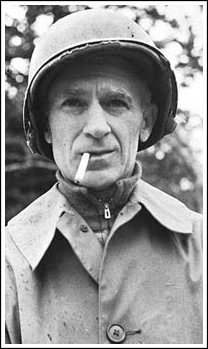
Some critics complained Pyle and other correspondents “whitewashed” the realities of the war. However, apparently they weren’t reading Pyle’s columns as his stories relayed the horrors soldiers experienced as well…not quite what one would call a whitewash.
Pyle was the son of a farmer and born August 3, 1900 in Dana, Indiana. He studied journalism at Indiana University and later signed on with a small newspaper in La Porte, Indiana. His career got on the fast track in 1923 when he took a job with the Washington Daily News and eventually became the paper's managing editor.
In 1928, Pyle became the country's first aviation columnist. Amelia Earhart once said any aviator who didn't know Pyle was a nobody.
The Scripps-Howard newspaper chain was always on the lookout for talented writers and Pyle’s skills soon came to their attention. In 1932 they asked him to write a travel column. G.B. "Deac" Parker, the editor in chief, said Pyle's work had "a Mark Twain quality that knocked my eye out."
He took the job, but Pyle wasn’t content to sit behind a desk with a cushy job. He wanted to be in the middle of the action, to experience things first hand. He got his wish with the outbreak of World War II when he became a war correspondent. His first assignment in 1940 was to cover the Blitz in England for the New York World Telegram.

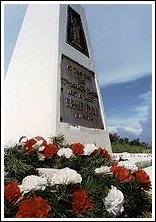
Eventually Pyle went back to Scripps-Howard working as a roving war correspondent and accompanied the US Army to North Africa in 1942. He was present during the subsequent invasions of Sicily and Italy and also witnessed the Allied troops storming the beaches of Normandy and the liberation of France. By 1944 Pyle was recognized as one of the world's most outstanding investigative reporters and columnists…but, not without a price.
He once wrote to his wife: "Of course I am very sick of the war and would like to leave it, yet I know I can't. I've been part of the misery and tragedy so long I feel if I left it, it would be like a soldier deserting."
While Pyle was covering events in the Pacific theater, the Department of the Navy took exception with him for using actual names of servicemen in his stories. This was against their policy. However, after tangling with the head strong Pyle, who believed in full disclosure, they decided it would be easier to just lift the ban…but only for him.
Some say he had premonitions of his own death prior to the invasion of Okinawa, predicting he would die on the island. If so, he was correct.
On April 18, 1945, Pyle died on Ie Shima, a smaller island off of Okinawa, after being hit by Japanese machinegun fire. He was travelling in a jeep with Lieutenant Colonel Joseph B. Coolidge, commanding officer of the 305th Infantry Regiment, 77th Infantry Division and three others.
He was buried with his helmet on, with the Navy, Marine Corps, and Army all being represented. His body was later moved to the Army cemetery on Okinawa and again to the National Memorial Cemetery of the Pacific in Honolulu. When Okinawa was returned to Japanese control the Ernie Pyle monument there was one of three American memorials allowed to remain in place.
Pyle was one of a few elite American civilians ever to be awarded the Purple Heart.



